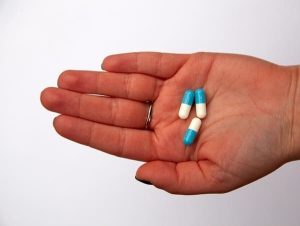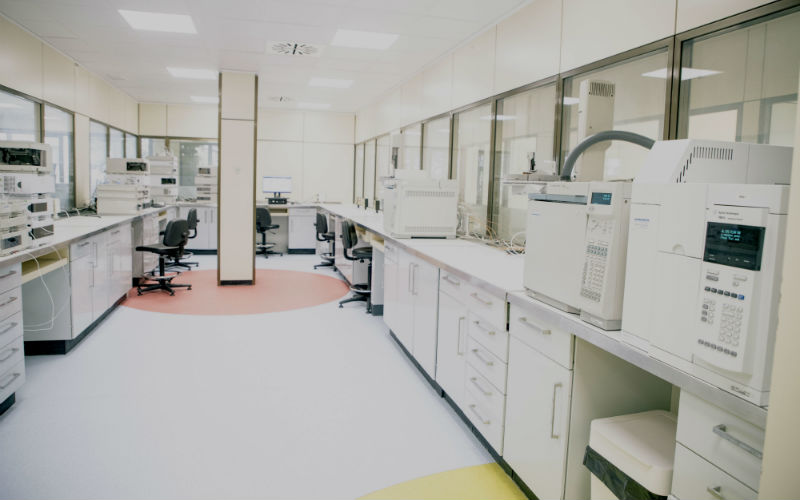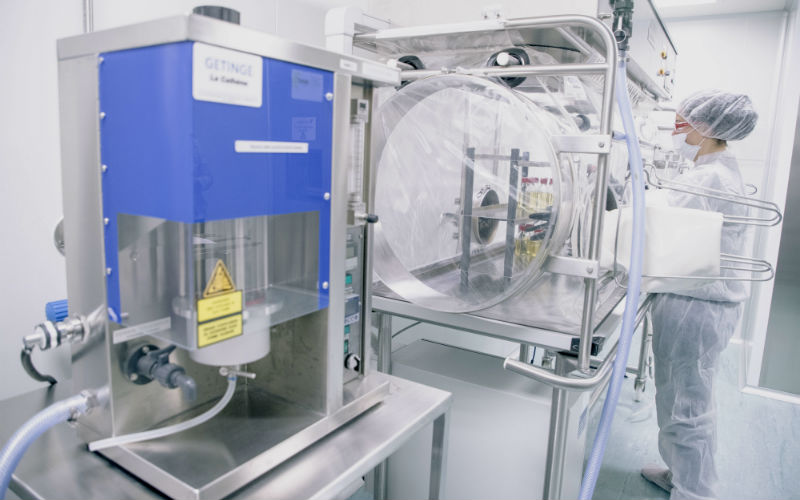Biosimilar medicines are highly similar to reference medicines without differences in safety, purity or efficacy
Biosimilars or biosimilar medicines are the key to guaranteeing a competitive pharmacological market, with reasonable prices and capable of rivaling conventional medicines. They can compete with these when they are no longer protected by patent law.
Thus, a biosimilar is a biological medicine equivalent in molecular structure, pharmacological activity, efficacy and safety to another biological, authorized in the European Economic Area (EEA). Their regulatory consideration is different from that of generic medicines, although a high degree of equivalence with the reference medicine in physical-chemical structure and biological-pharmacological activity is required.
As a similarity, a biosimilar or biosimilar medicine has the same biological substance as the reference medicine, with a high degree of natural variability throughout the commercial life of the product. Although it will not be more effective than the reference medicine itself, it will contribute to providing a better safety profile.
Biosimilars legislation
Based on data from the European Medicines Agency (EMA), these are approved based on their similarity to the reference medicine, in terms of quality, efficacy and safety. All of this is done during the clinical development stage, without neglecting sustainability or free competition and research in the market.
The European Union has been a pioneer in the regulation of biosimilars, since the first of them was authorized in 2006. Over almost the last two decades, numerous biosimilars have been approved worldwide.
Recently the EMA and the network of directors of Europe’s medicines regulatory agencies (HMA) have confirmed that biosimilar medicines, authorized for marketing in the EU, can be exchanged without any problem with the respective original reference biological. In fact, this phenomenon can occur within the same medication with different biosimilars on the market, exchanging each other.
Differences and similarities between biosimilars and generic medicines
While generics are exact chemical versions of the active ingredient they copy, biosimilars are not capable of replicating an exact copy of the original biological, so they require certain structural variability. Such structural variability is irrelevant, without clinical importance and inherent to the production process. In fact, it is generated between different batches of the same original biological.
The EMA, to authorize the marketing of a biosimilar, requires that the pharmaceutical company demonstrate, based on different comparability studies, that the new biosimilar is comparable to the original biological in terms of safety, efficacy and quality.
Influence on prices
Once a pharmaceutical company chooses to market a biosimilar in Spain, it will first have to go to the Interministerial Commission on Medicine Prices, setting a price 20-30% lower than that of the original biological drug.
In this way, the laboratory that markets the original medicine, in turn, lowers the price of the medicine so as not to be left out of the market for medicines financed by the Public Health System. Thus, it can be concluded that their perspective is influential on biological medicines, contributing to a more efficient use of resources and the sustainability of public systems.






